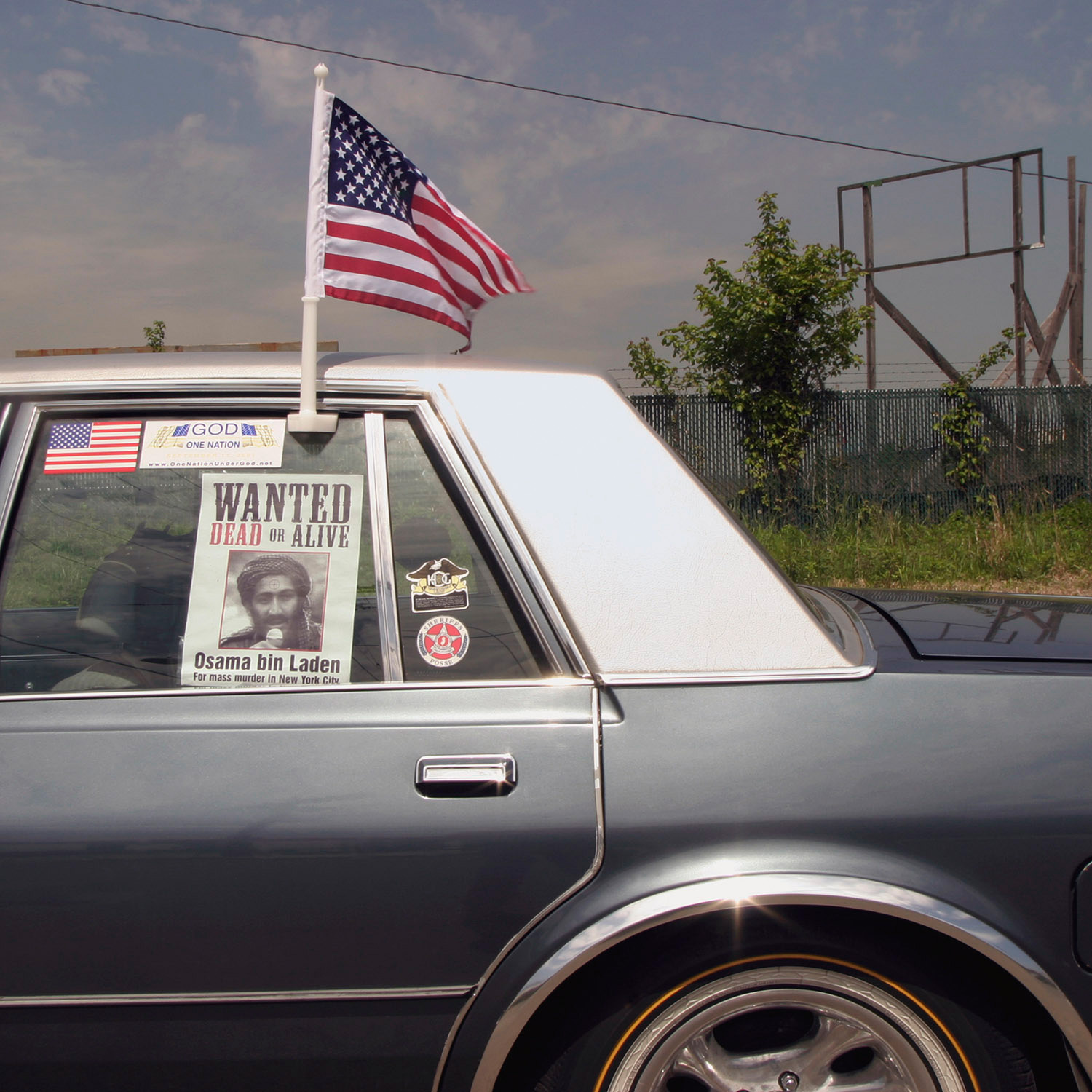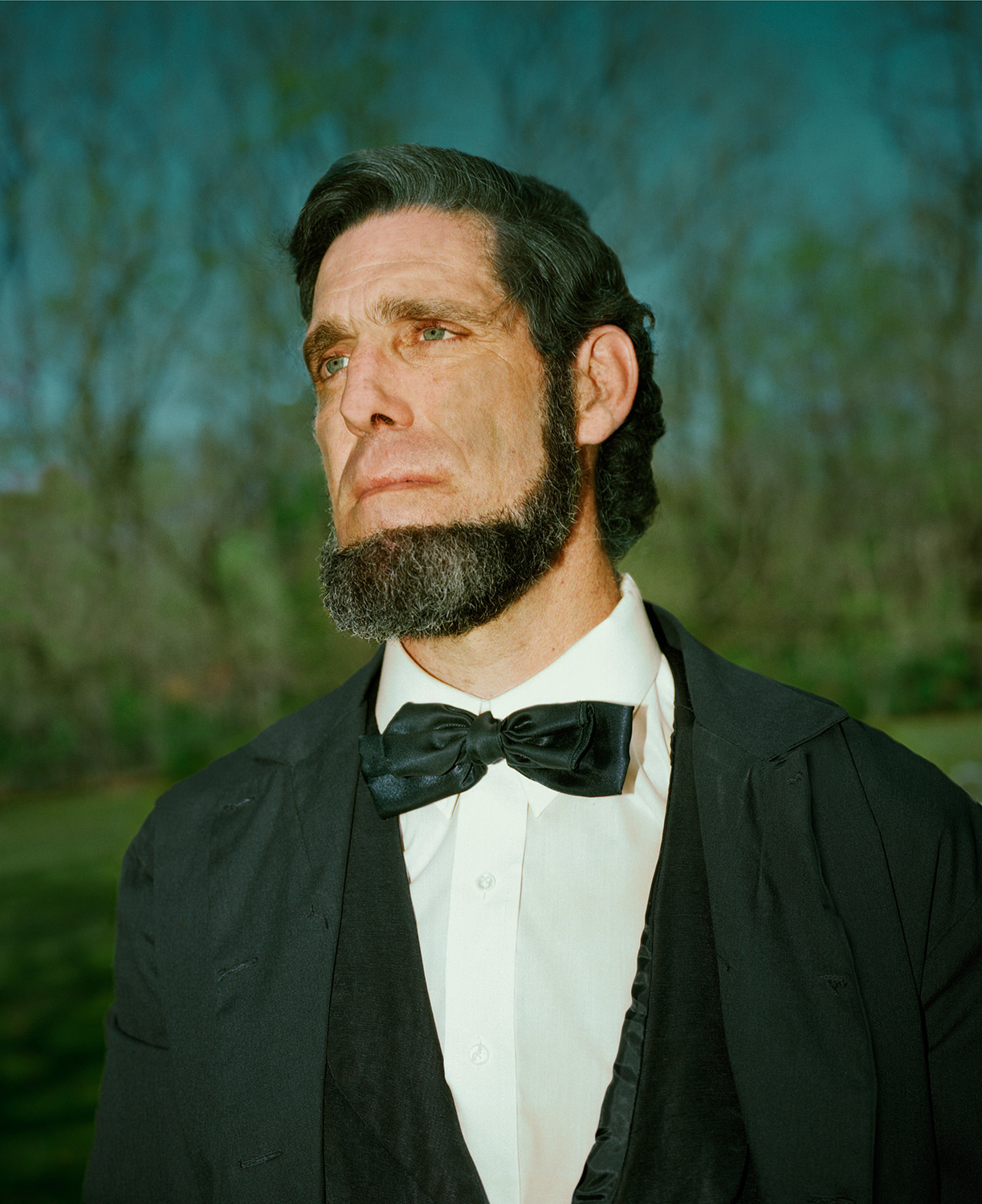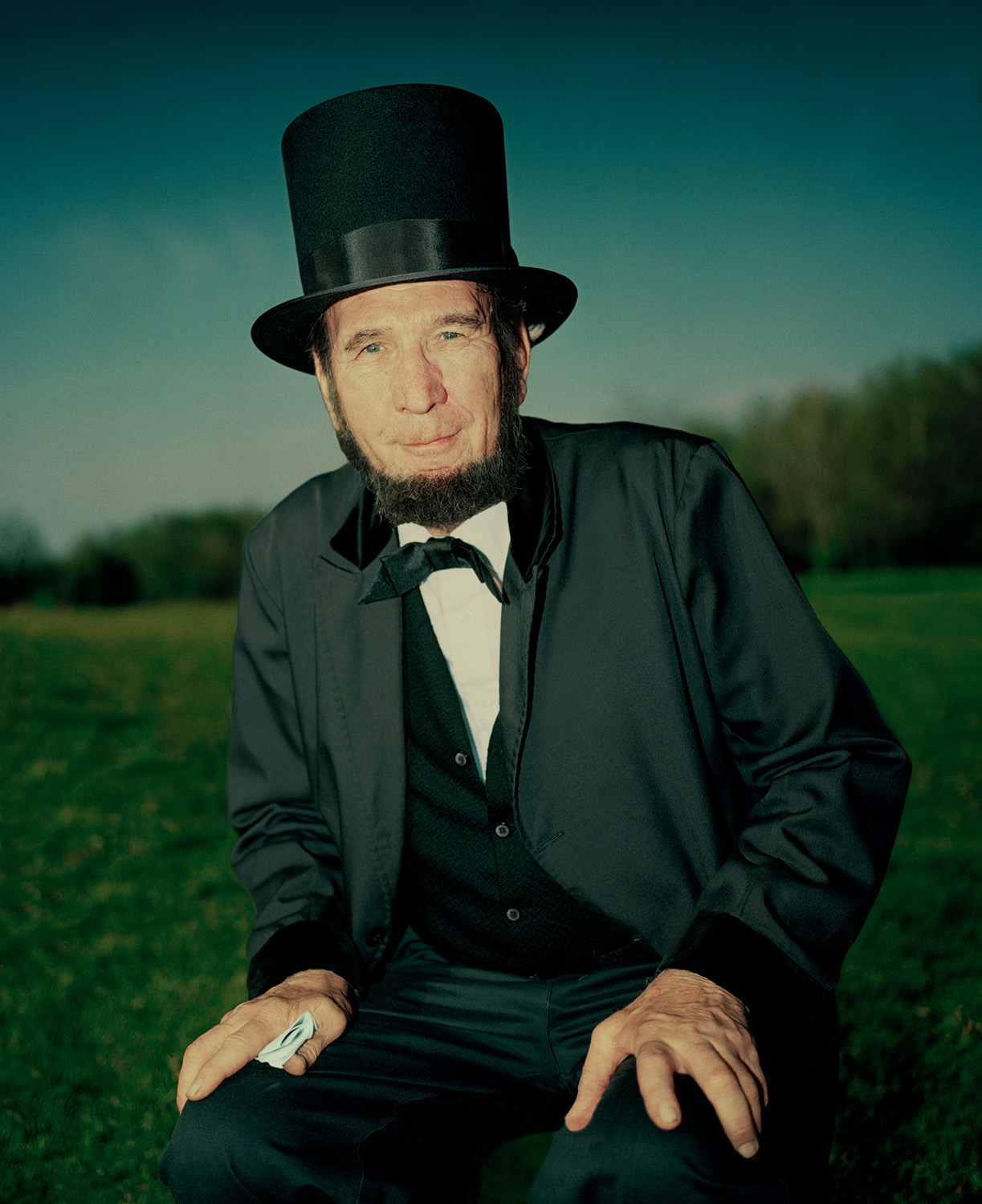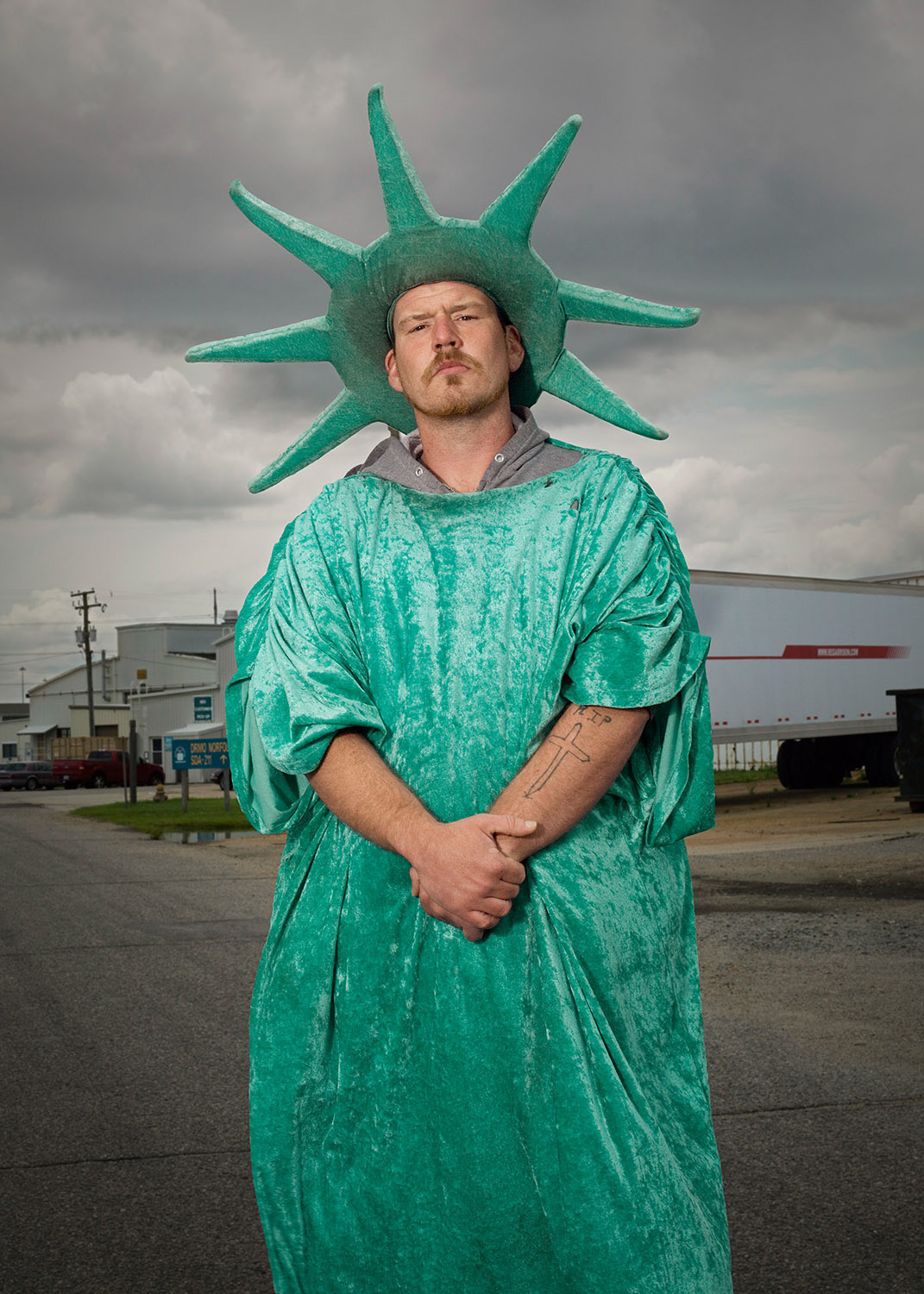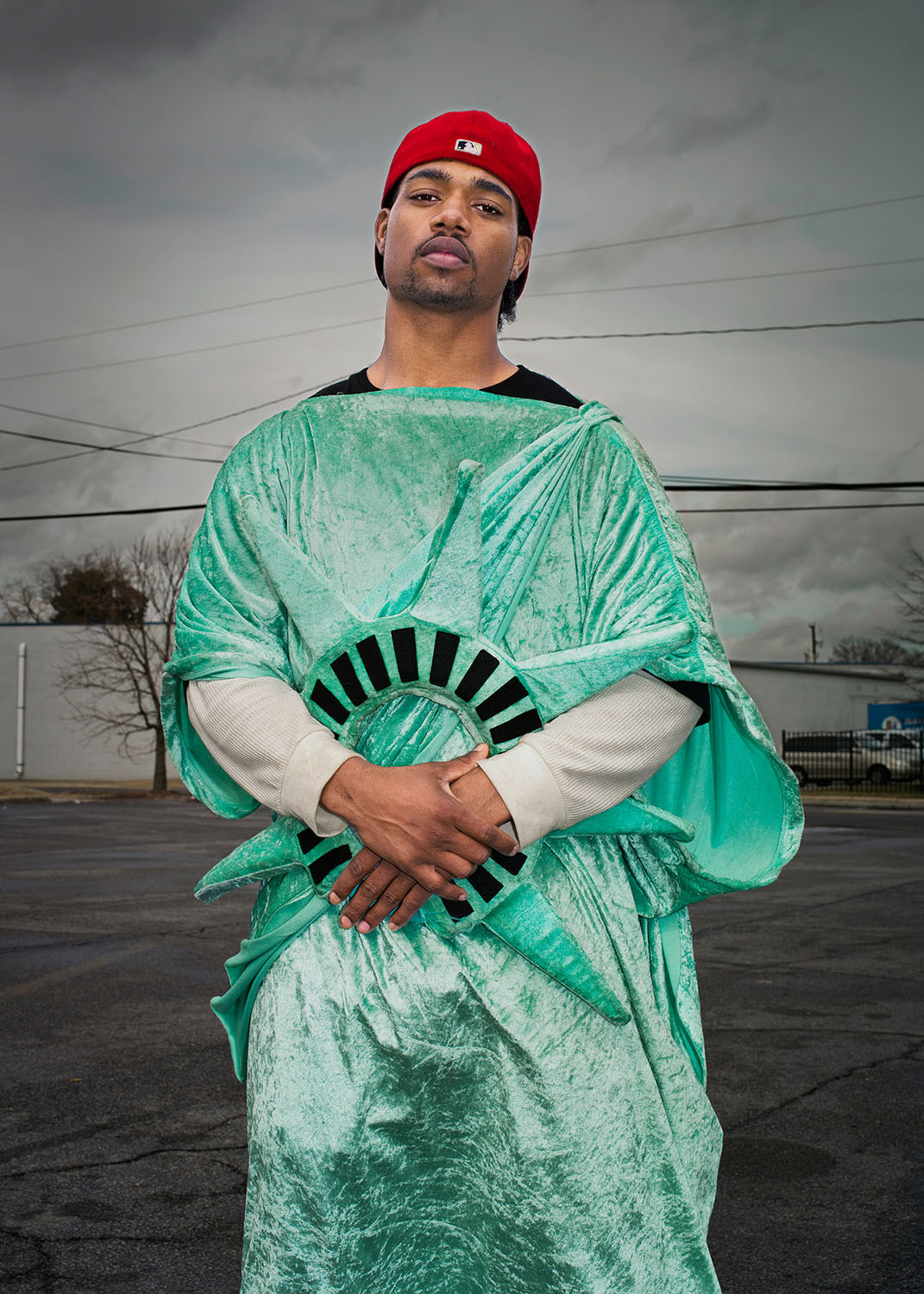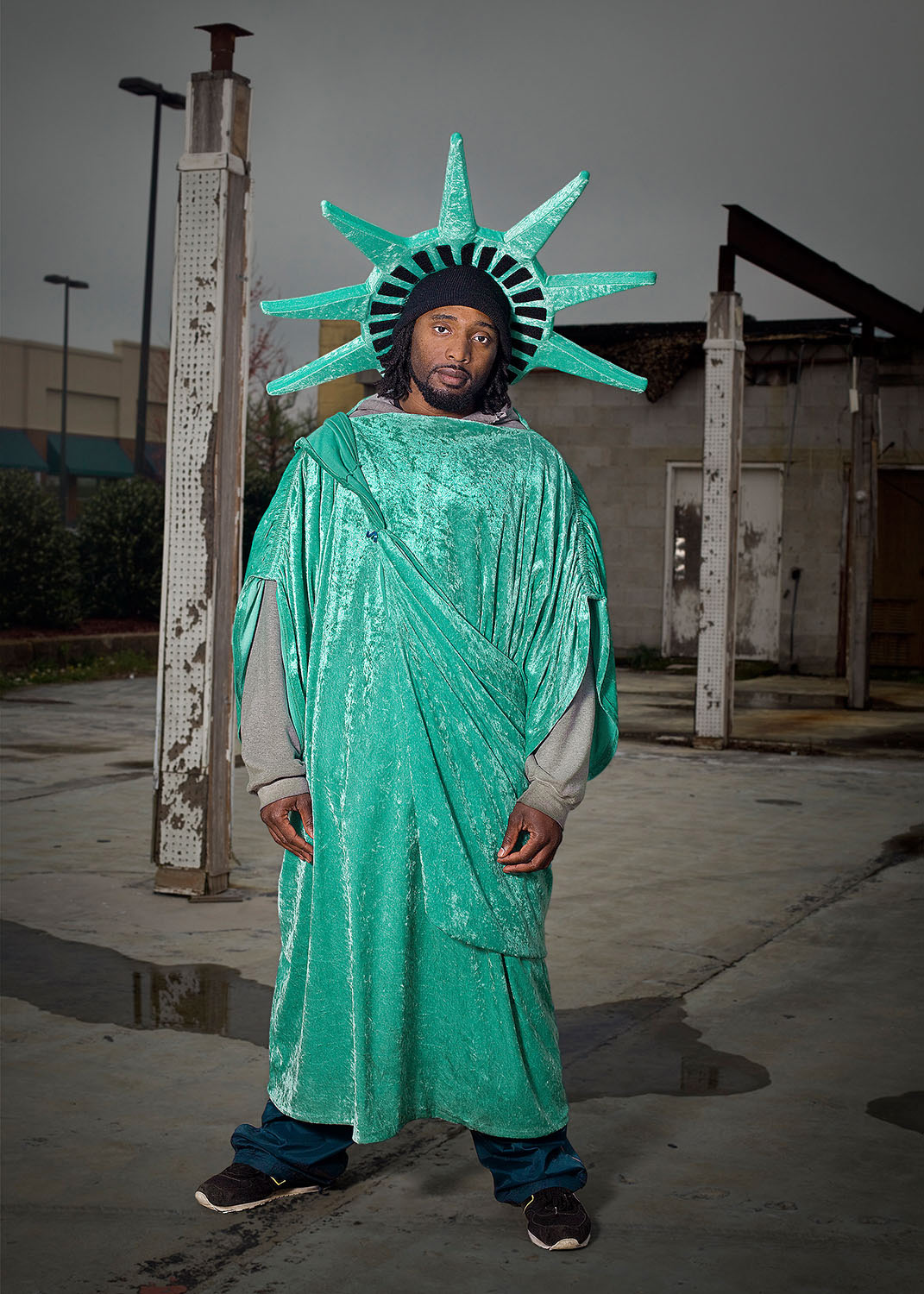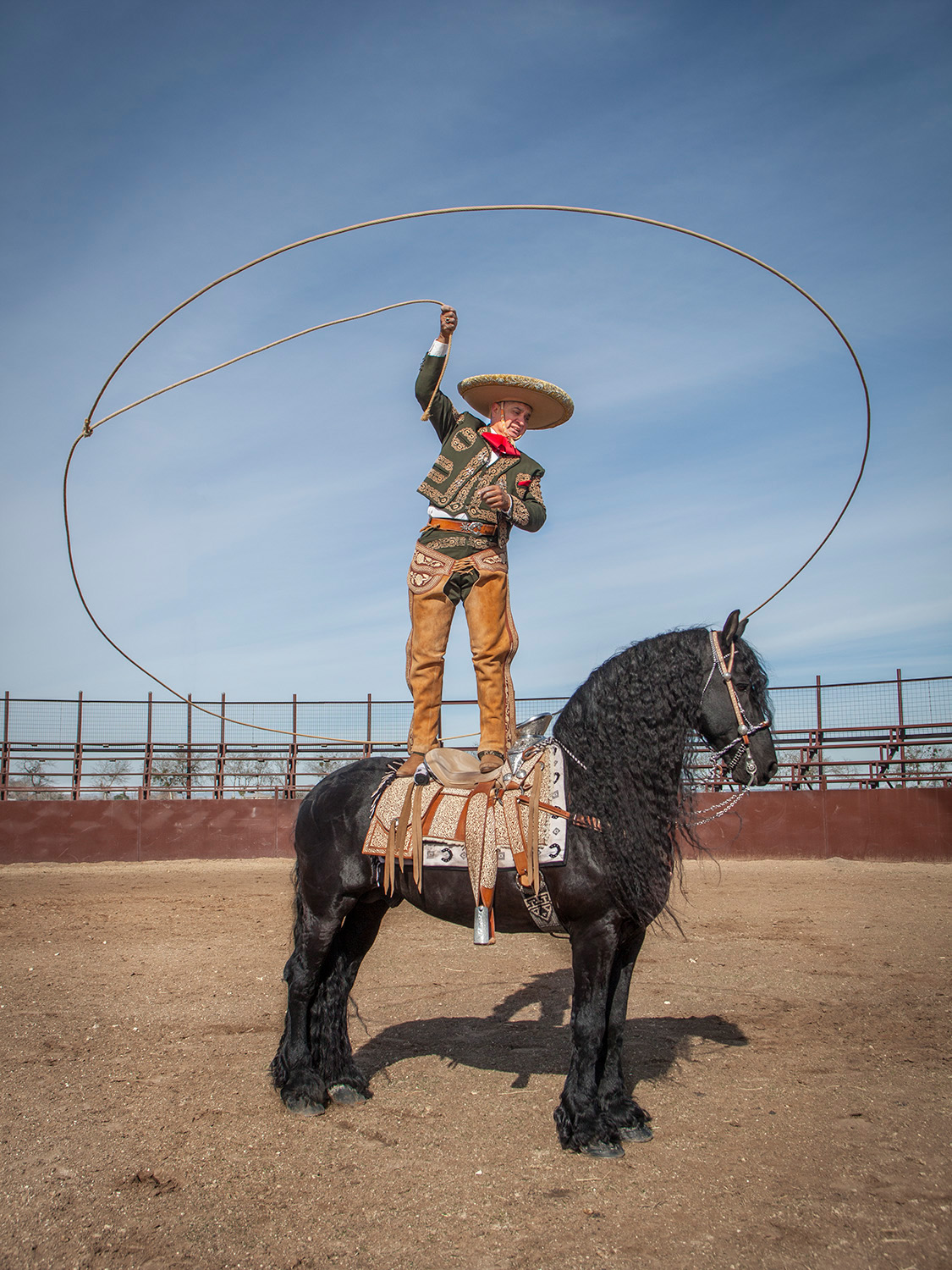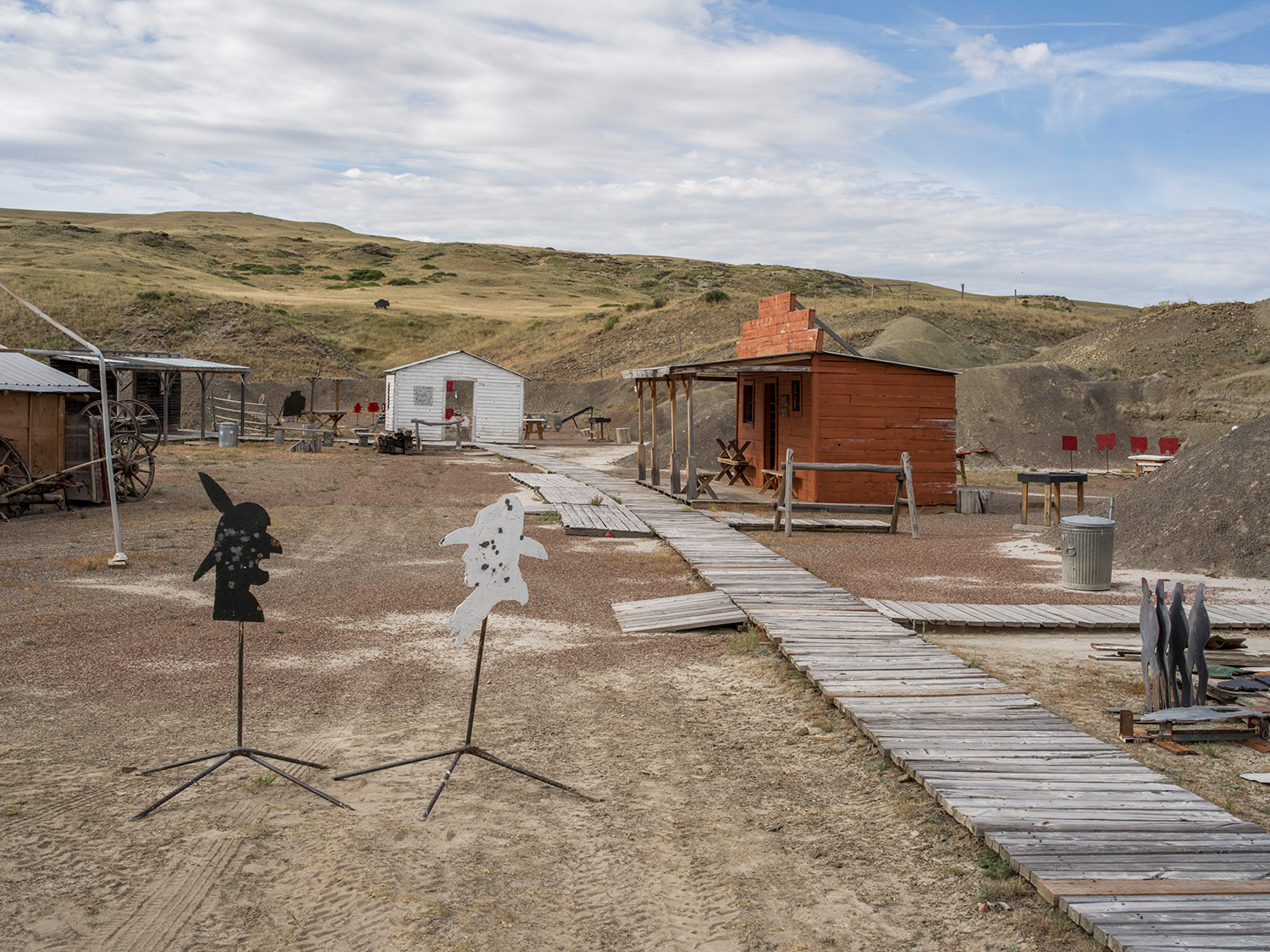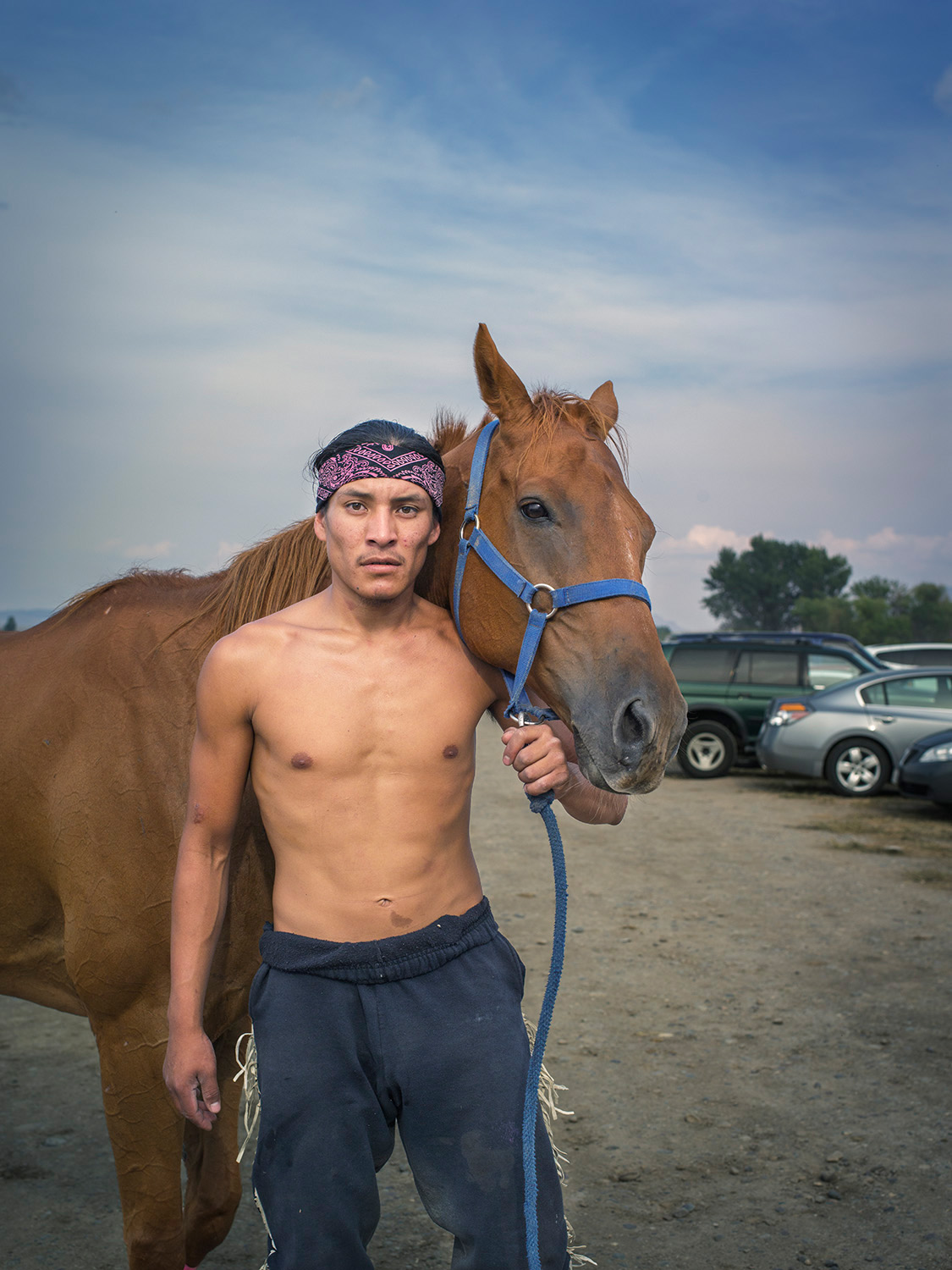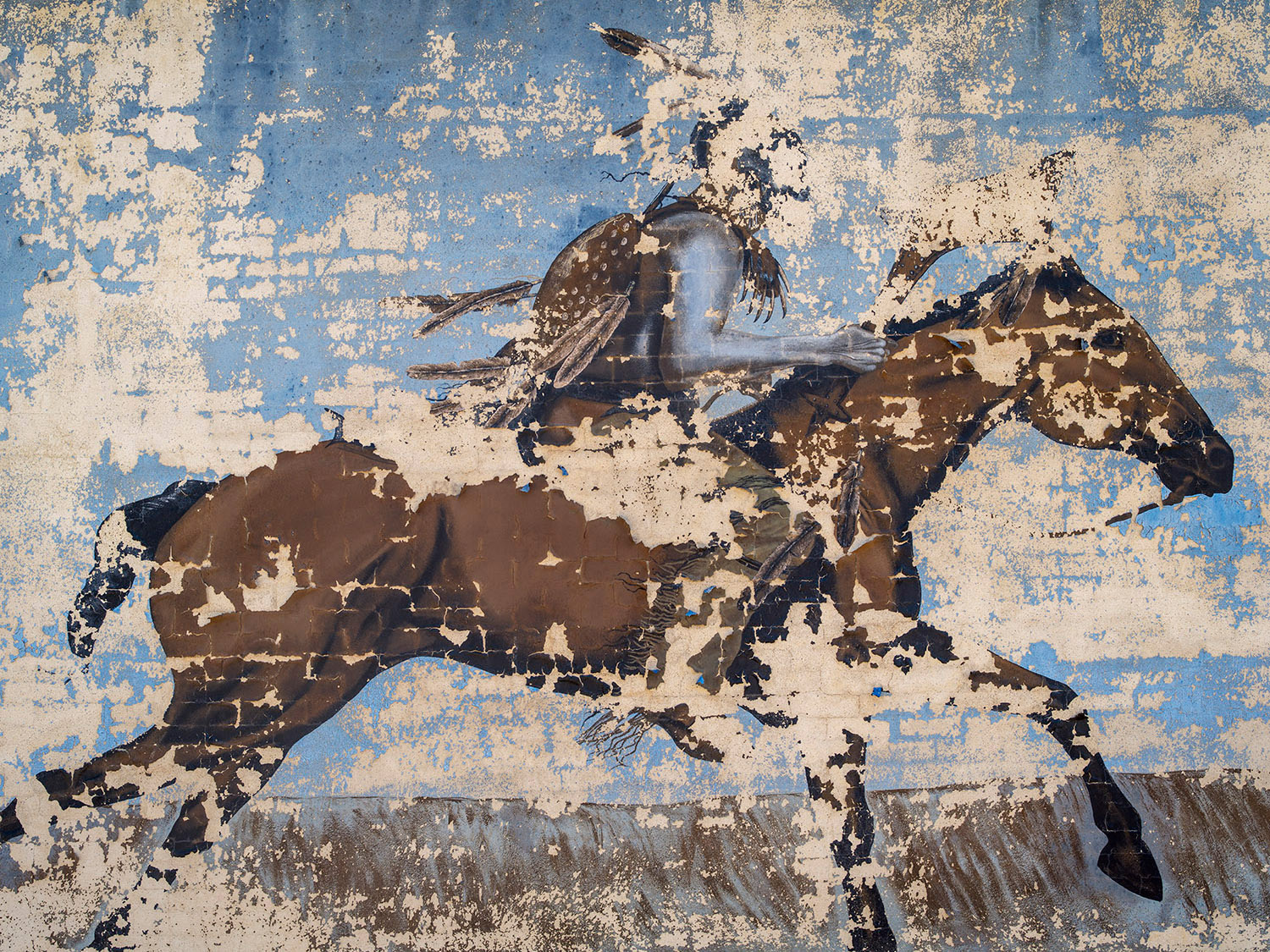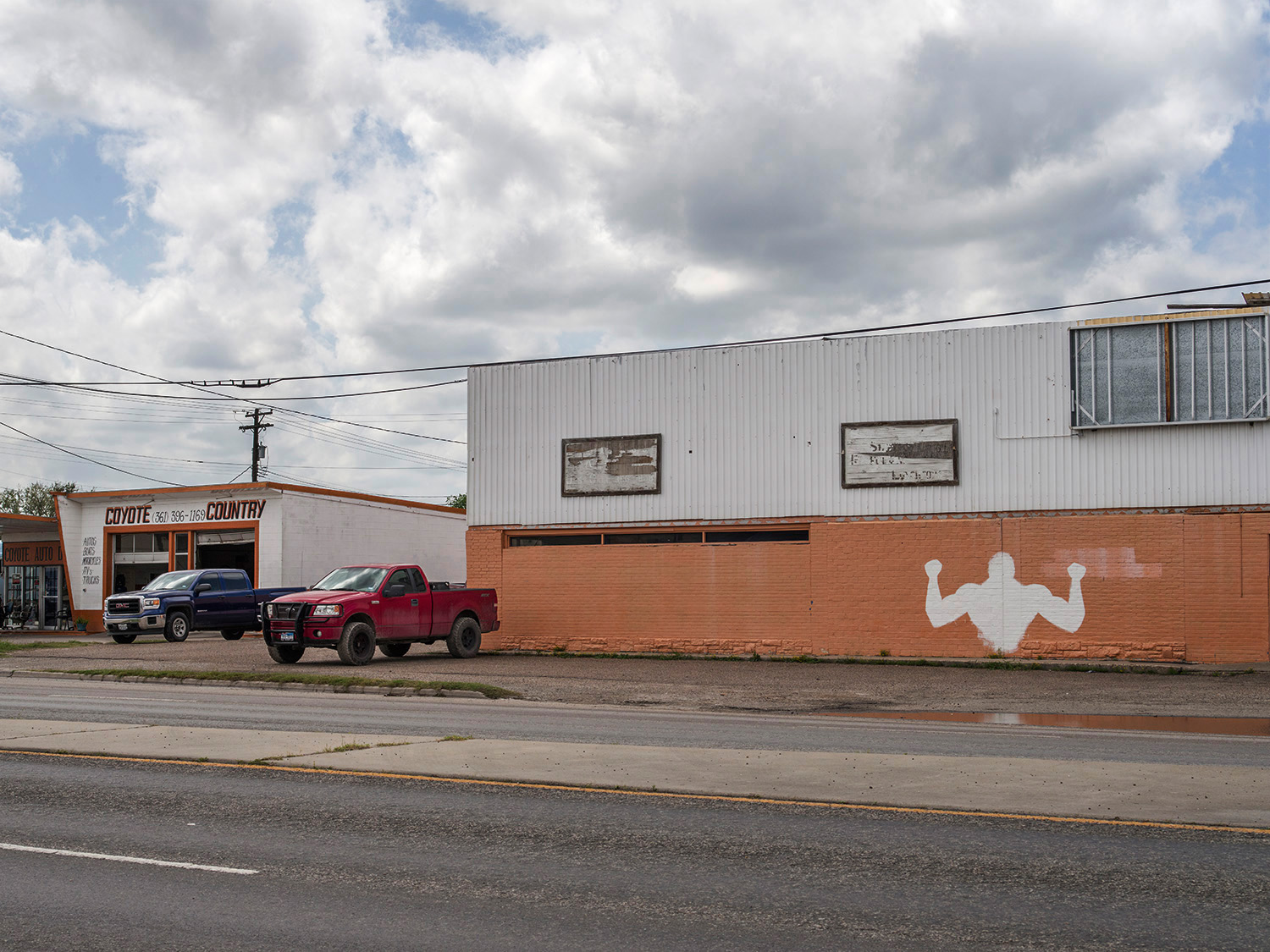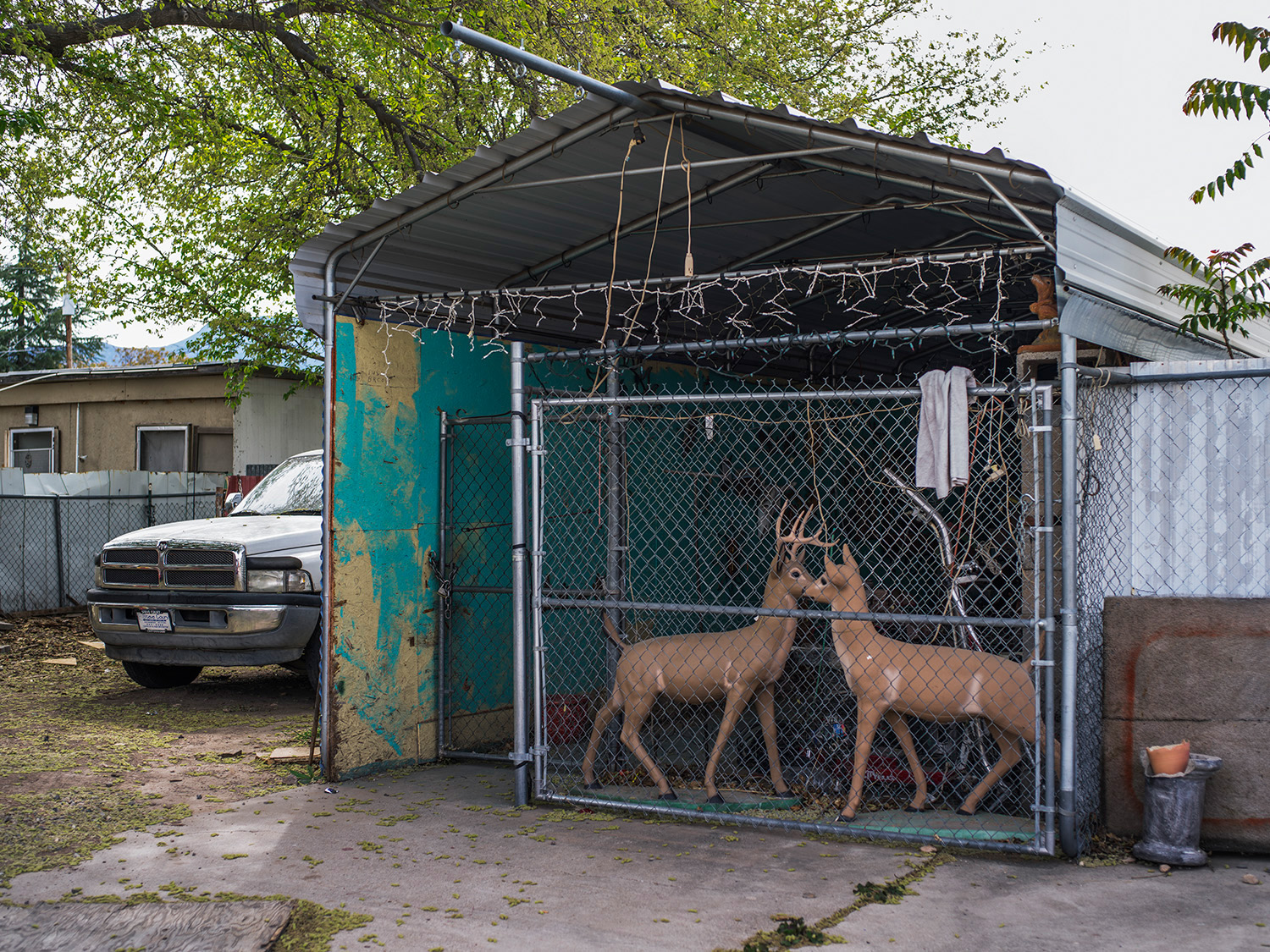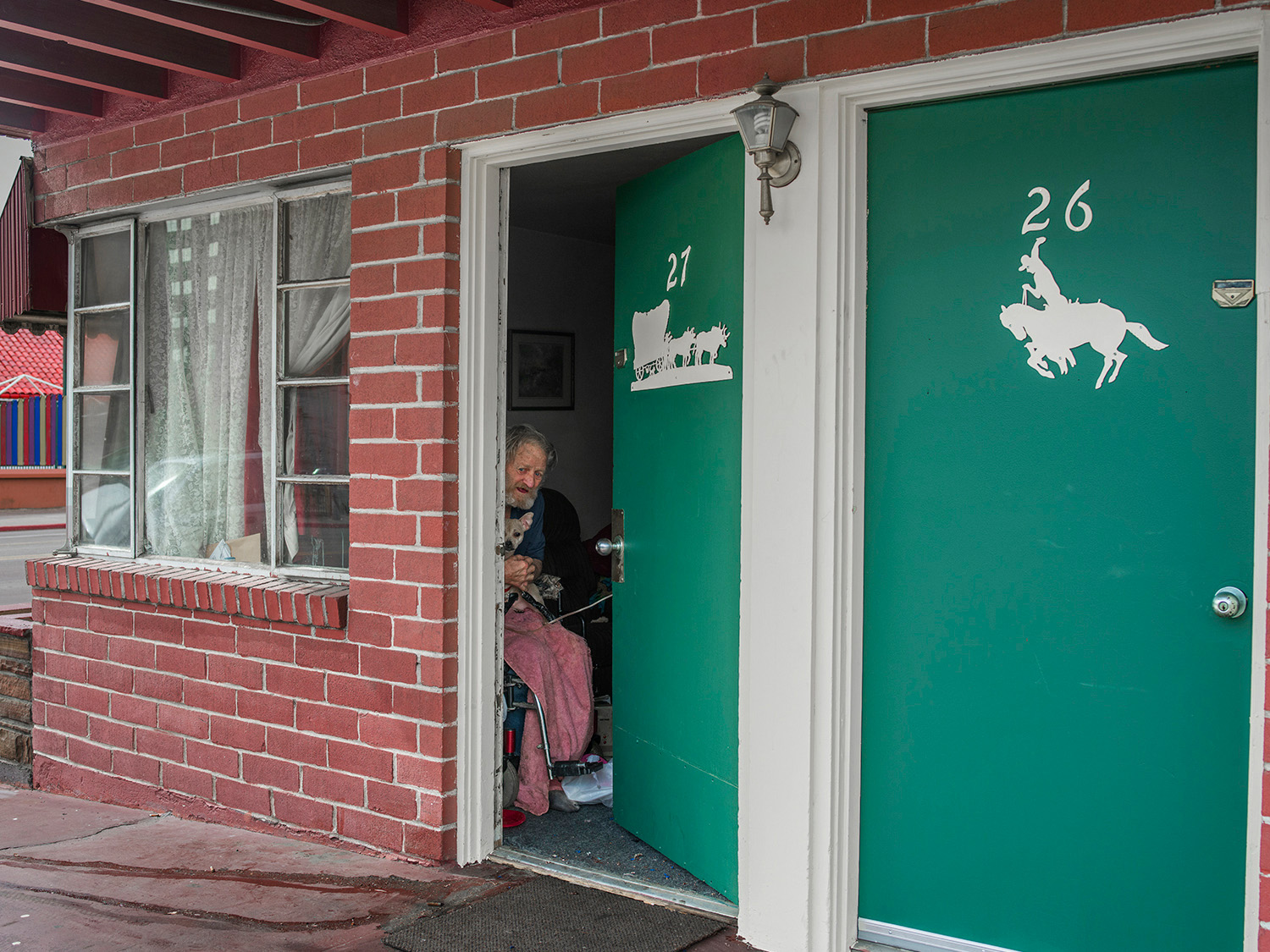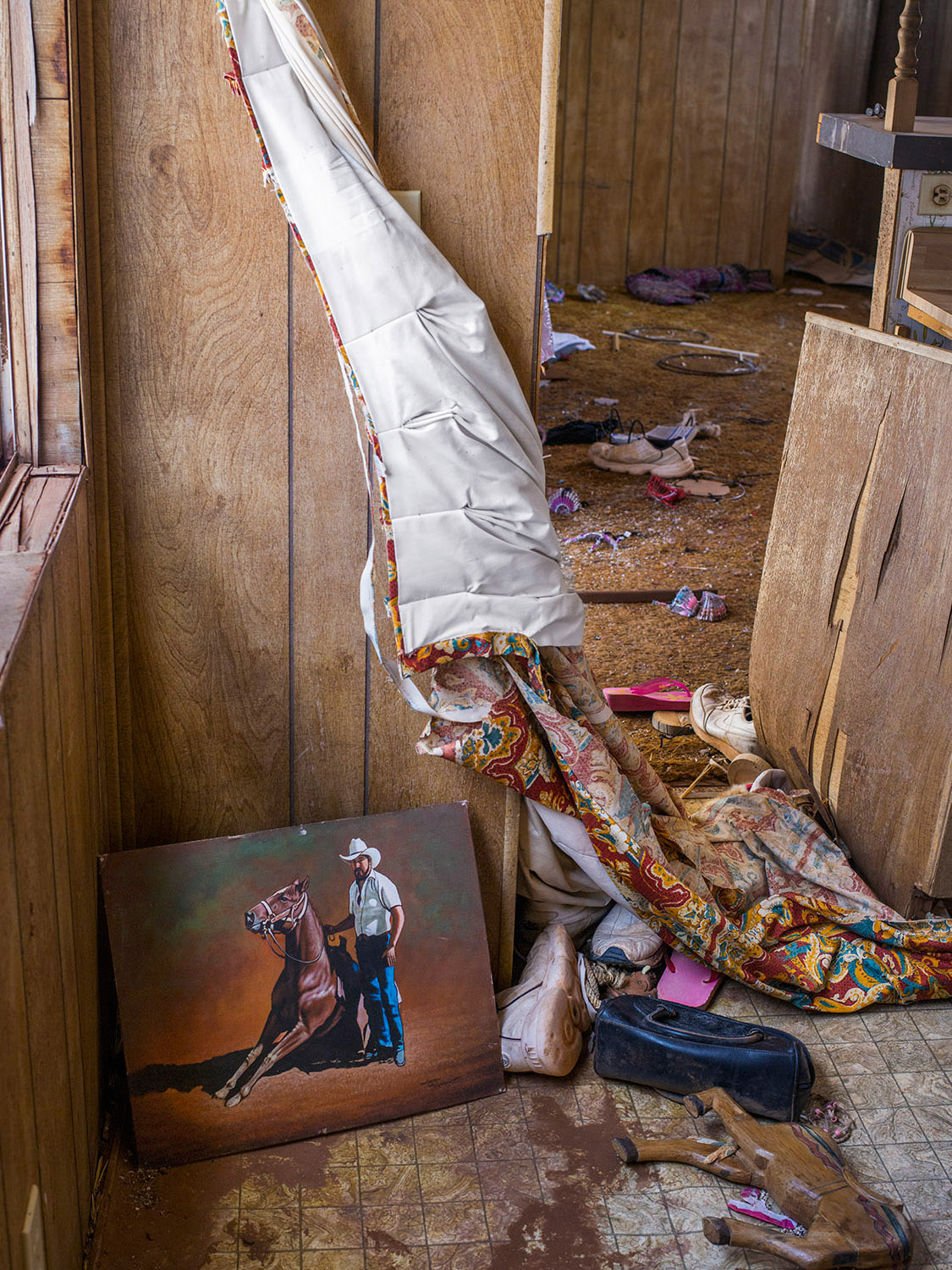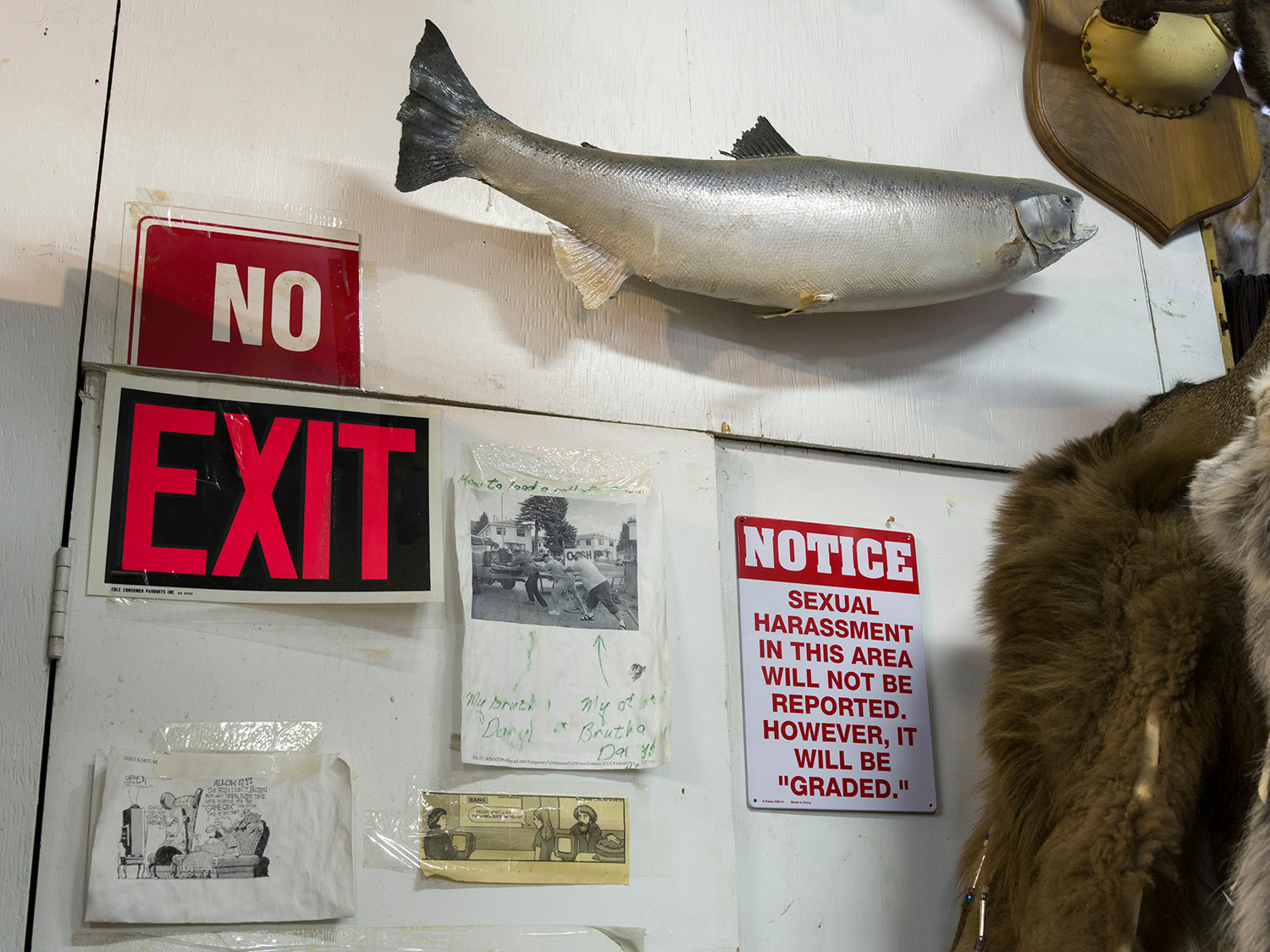Q&A: greta pratt
By Jess T. Dugan | May 4, 2017
Greta Pratt is American photographer concerned with issues of national identity and American myth. Pratt is the author of three monographs, The Wavers (Blue Sky Books 2014), Using History (Steidl, 2005) and In Search of the Corn Queen (National Museum of American Art, 1994). Pratt’s work is included in major public and private collections and has been shown in Art in America, New York Times Sunday Magazine and The New Yorker, along with numerous books and catalogs nationally as well as internationally. She was nominated for a Pulitzer Prize and is a recipient of a New Jersey State Arts Council Grant.
Jess T. Dugan: Let’s start at the beginning. How did you discover photography and when did you decide it was your preferred medium?
Greta Pratt: When I was ten I got my first camera, a Polaroid Swinger, and I started photographing my younger brothers, the kids I babysat, old men at the park. Eventually, my dad gave me his Neica(knock off of a Leica) that he bought in Japan during the Korean War and enrolled me in a summer program at the Minneapolis Institute of Art taught by the photo curator Ted Hartwell. I think there were 6 of us and we would meet in Ted’s office, look at books and talk about photographs. I learned to develop film and make prints and I never stopped.
JTD: Who were some of your earliest artistic influences?
GP: The first real photographer I met was Jerome Liebling when he photographed my dad and our family for a political campaign. When I look back on those photographs today I am still struck by their integrity and sincerity. During the time period when I was hanging around Ted Hartwell’s office he was putting together the first retrospective of Richard Avedon and I remember being blown away by the life size portraits of the Chicago Seven. But the photographer I really fell in love with was Diane Arbus. I must have looked through the books Diane Arbus and Magazine Work hundreds of times.
JTD: My first encounter with your work was with your series 19 Lincolns, which is a fantastic body of work. How did you find this particular group of people and what was your experience working with them?
GP: I met my first Lincoln (Max) at a Civil War reenactment while working on my book Using History. We kept running into each other on the reenactment circuit and we became friendly. I often had my one-year-old son with me and I have photos of Max holding Axel, who is screaming his lungs out. That was 23 years ago and whenever I run into Max he still asks me about Axel. Anyway, we were talking once and he told me about the Association of Lincoln Presenters Convention. I have been four times.
The Lincoln Presenters are men who, for a variety of reasons, started reading about Lincoln and became so enamored with his character that they decided to dress like him and perform at local schools and senior citizen centers. They are pretty serious about the convention so it was hard to find time to photograph them individually and then sometimes they wouldn’t show up for the portrait, not because they didn’t want to be photographed, but they just forgot or had to take a nap.
JTD: You state that you are an “American photographer concerned with issues of national identity and American myth.” This interest clearly remains consistent throughout all of your bodies of work, yet I’m fascinated by how wide and varied your actual subject matter can be. How do you go about finding situations and locations to photograph that allow you to speak about the ideas you are interested in?
GP: American mythology is a topic that manifests itself in myriad ways. The past surrounds us and defines the future. Ever since I realized the power in controlling the dialog of history and memory I have been driven to keep exploring it. It is a subject that fascinates me on so many levels. We give the power to write the script to such a narrow scope of the population. Just think how our country could be different if more voices were allowed to be heard.
JTD: I’m especially drawn to your series The Wavers, a series of portraits of people employed by the Liberty Tax Service to stand on street corners and wave at passersby to attract business. This series eloquently captures the clash between idealism and reality. Despite their flashy costumes, most of the wavers are struggling financially and are working purely out of necessity (in contrast to the Lincoln impersonators, for example). What was your experience like making this body of work? Were the wavers generally eager to be photographed or was the exchange between you and them somewhat complicated?
GP: The Lincolns are doing what they do because they want to. The wavers are not dressing like the statue because they want to or really believe in the principals of liberty. They are doing it because it is the only job they can get right now. All of the wavers I photographed were excited about being photographed. It was extremely important to me to make beautiful and dignified images of them. I brought studio lighting and used a slightly low angle to reference formal portraiture of important dignitaries. Also, we talked and they told me about their lives. Some of them really opened up and told me some very personal things. I have a little information about each of them in the Blue Sky book. Some of us have been given a much harder path than others and I think it is important to open our eyes and recognize that.
JTD: Both within our culture at large and within the history of photography, there has been a consistent obsession with the idea of the West and all of the promise, possibility, and freedom embedded within it. What is your experience like making work about this idea in today’s society, grappling with the current social and economic realities throughout the country while also negotiating the fantasy or mythology created by the past?
GP: I am interested in the West because its mythology creates and influences the main character traits of American identity, freedom, self-reliance, rugged individuality, and strength. The kicker being that this is mythology written by the powerful and used to influence the present (think GW Bush’s 2001 references to smoking Bin Laden out of his cave and the Lone ranger episode #141 where the Lone Ranger and Tonto smoke the Cordoza gang out of a mine shaft. And also from GW: “I want justice. And there's an old poster out West, I recall, that says, "Wanted: Dead or Alive.").
This is by far the most complicated project I have undertaken because in addition to the mythological characters the west is real and there is a whole race of people that was destroyed by greed and Manifest Destiny, the descendants of which are still picking up the pieces. I really thought the Native Americans at Standing Rock would prevail and stop the pipeline but instead with the Trump administration it is Manifest Destiny all over again and it affects all of us. Lately I have started to think of the West as a metaphor for the end of the American dream.
JTD: I’m interested in the intersection of these ideas surrounding the West and Manifest Destiny and the idea of masculinity. Is this something you are actively thinking about while photographing, or is it more of a subtext throughout the work?
GP: I am thinking more and more about how traditional traits of western masculinity influence more modern forms of male identity. The identity of the glorified men of the West – the cowboy, the gunslinger, and the sheriff resonate throughout our society and frankly my tolerance to this type of masculinity is nil. I had been thinking about this before the election but since the election I see it much more clearly and it seems to be really entering into the project.
JTD: The genre of “road trip” photography, for lack of a better word, is largely dominated by men. Yet, of course there are women- Victoria Sambunaris, Justine Kurland, to name just a few- whose practices center around the process of being on the road, often alone (or with her child, as in Justine’s case), for long periods of time. Do you view yourself and your practice as being situated within this longer history of the photographic road trip?
GP: My practice is about observing the world around me. For me this is easier when I am someplace a little unfamiliar where I have nothing else to do. I don’t walk around with a camera in my daily life. I go places specifically to photograph. In the early days I had to bring both of my children with me at times and then I had a friend come with to help me. But now I travel alone. I work alone. I choose a place to go and thoroughly research it but once I get there I need to wander, concentrate and respond to what I see.
All images © Greta Pratt













